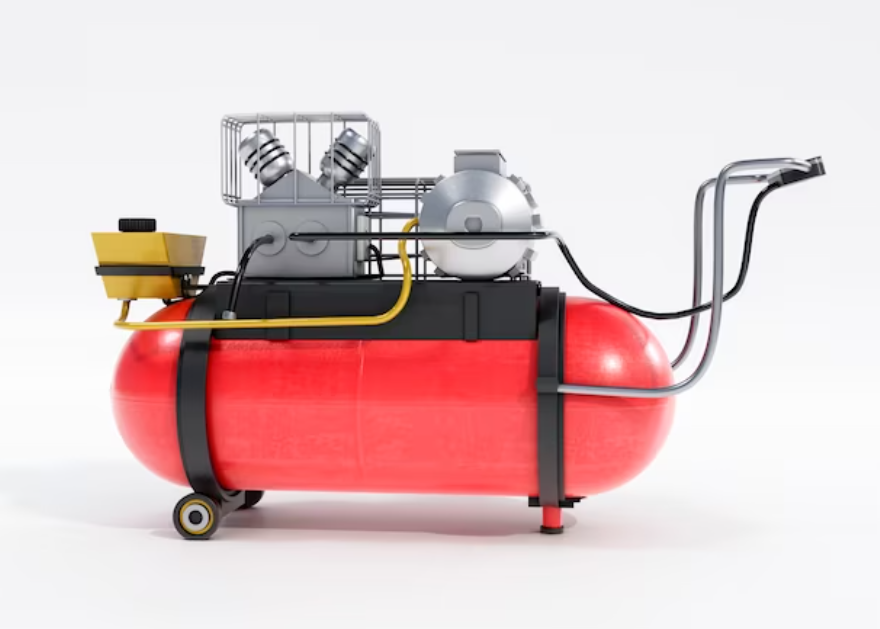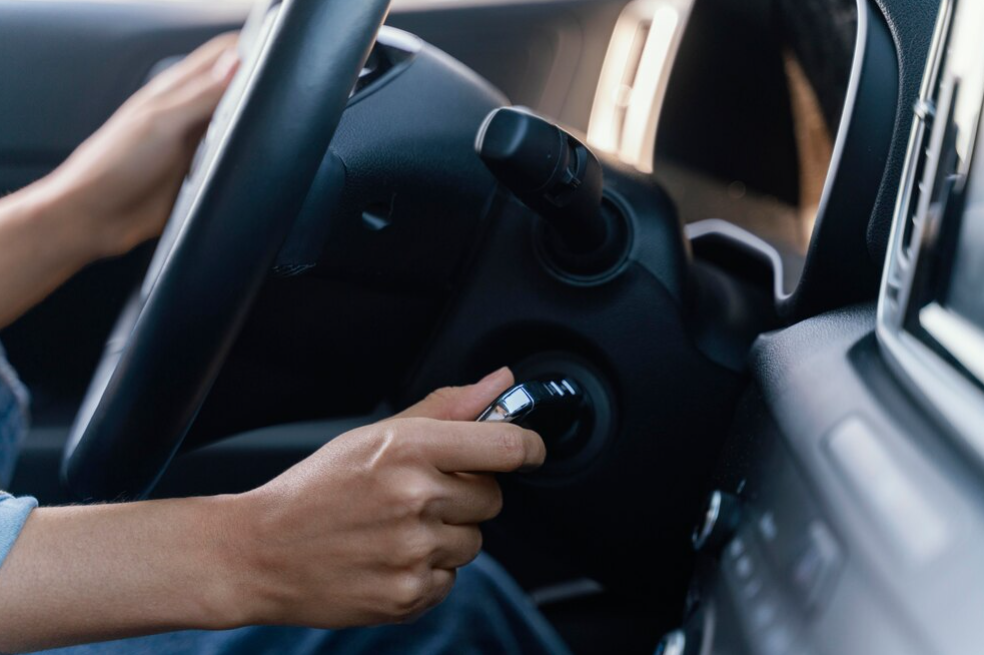How To Get Paint Off Car?
No car is impervious to imperfections. Vehicles can sustain damage from a variety of sources, including dents from crashes, scratches from rocks on the road, and unlucky splatters from neighboring painting jobs. You should not be concerned if paint splatters end up on your car. Unwanted paint on your car can be removed with some success. Prior to delving into these methods, let us take a while to think about what materials you will require.

Removing Paint: Gather The Right Tools/Material
Before embarking on the paint removal process for your vehicle, it's crucial to gather a selection of essential tools and materials. These items serve various purposes, from ensuring your safety when handling potent chemicals and heavy-duty equipment to streamlining the task at hand.
Eye Protection: When handling potentially dangerous materials or creating airborne dust while sanding, it is crucial to protect your eyes. Safety goggles provide essential protection for your eyes by shielding them from chemicals and dust.
Respiratory Protection: Protecting your respiratory system is just as vital as protecting your eyes. During the paint removal process, a respirator mask ensures cleaner air intake by filtering out poisonous fumes and dangerous particles.
Protective Clothing: Shielding your skin from debris, dust, and chemical exposure is essential. Coveralls or long-sleeved attire coupled with pants offer comprehensive coverage. Donning boots further prevents the entry of harmful substances.
Hand Protection: Given the use of potent chemicals like acetone, safeguarding your hands is imperative. Utilizing protective gloves shields your skin from potential hazards and prevents injuries while handling equipment.
Container: For tasks involving water-based solutions or rinsing, having a bucket on hand is essential to holding the necessary fluids. However, if opting for a pressure washer, direct connection to a water supply is preferred over bucket usage.
Absorbent Towel: A microfiber cloth works wonders for wiping up spills and evenly dispersing materials like acetone and WD-40. It also helps to dry out damp areas, averting any harm like rust accumulation. If you do not have a microfiber towel, any kind of absorbent cloth or rag will do.
Now that you have everything you need, you can investigate the many methods of painting your car.
Kickstarting the paint removal process, this method offers a gentle yet effective approach using a blend of soap and water. It's important to note that this technique is specifically suitable for dealing with wet paint.

- Create a solution of water and soap in a bucket.
- Immerse a microfiber towel into the solution.
- Gently massage the paint stains in circular motions with the soaked towel.
- Continue the gentle scrubbing until the paint completely dissipates.
- Dry the treated areas using a separate towel.
Using the force of WD-40, this technique preserves the original coating on your car while offering a softer touch for removing unsightly paint spots. The paint is softer as a result of the WD-40, making towel removal easier.
- Spritz WD-40 onto the targeted paint stains.
- Using a towel, wipe off the WD-40, following the direction of the paint.
- Repeat the process until all traces of paint are removed.
- Thoroughly wipe away any residual WD-40.
When conventional methods fall short, turning to stronger solutions like paint or lacquer thinner becomes necessary to tackle persistent, dried paint stains. However, exercise caution as these thinners can potentially strip away all layers of paint, risking damage to the vehicle's finish.
- Make sure you have the necessary safety gear on.
- Start by using soap and water to clean and dry the area covered in paint.
- Apply a modest amount of paint or lacquer thinner to a towel.
- Delicately rub the paint stains until they dissolve.
- Rinse the vehicle thoroughly with water to remove any leftover residue.
Offering a more forgiving alternative to paint thinner, Vaseline effectively treats stubborn paint stains. Paired with a pressure washer, this method ensures efficient removal, though careful handling is essential to avoid compromising the vehicle's finish.

- Apply a generous layer of Vaseline to the targeted paint stains.
- Allow the vaseline to set for approximately 12 hours.
- Utilize a pressure washer to rinse off the Vaseline and eliminate the stains.
- Repeat the process if any remnants of paint persist.
Acetone is a great choice for removing stubborn stains because of its well-known capacity to destroy paint. It is important to handle this strength carefully so as not to damage the vehicle's finish.
- Don appropriate protective gear before proceeding.
- Start by thoroughly drying the paint-covered surface by washing it with soap and water.
- Paint stains can be removed by gently rubbing them with an acetone-soaked towel.
- Make sure you thoroughly rinse the car to get rid of any remaining acetone residue.
For those seeking a comprehensive solution, utilizing a sander offers the most thorough approach to paint removal. This method demands considerable effort and precision to achieve the desired results without compromising the vehicle's shape or finish.
- Equip yourself with protective gear and affix 40-grit sandpaper to the sander.
- Employ the sander methodically on larger, flat surfaces, avoiding uneven pressure.
- Transition to smaller, intricate areas, ensuring careful sanding to remove paint.
- Dust off and stop oxidation using a moist cloth.
- Until all paint remnants are gone, keep sanding using progressively finer sandpaper.
- To ensure that there is no leftover debris, give the car a thorough wash and dry before calling the job done.
Is it safe to use paint thinners like acetone on my car's paint?
Paint thinners like acetone are useful, but they might harm the paint on your car. Start by testing in a limited area.
Can household items like WD-40 or Vaseline remove paint stains from my car?
Yes, but use it cautiously to avoid damaging the paint.
Will sanding my car to remove paint damage its exterior?
Sand carefully to avoid damage. Seek professional advice if unsure.
How can I prevent paint splatters on my car in the future?
Park away from painting projects and use protective covers. Maintain a safe distance from other vehicles.

Although issues are unavoidable in cars, unsightly paint stains can be successfully cleaned with the correct equipment and methods. Make safety and prudence your top priorities, whether you go for mild cleaning or more involved techniques like sanding. You can preserve the paint finish on your car and maintain its aesthetic appeal by adhering to these rules.
Click on the following link to read another blog post: How Garage Air Compressors Work?














